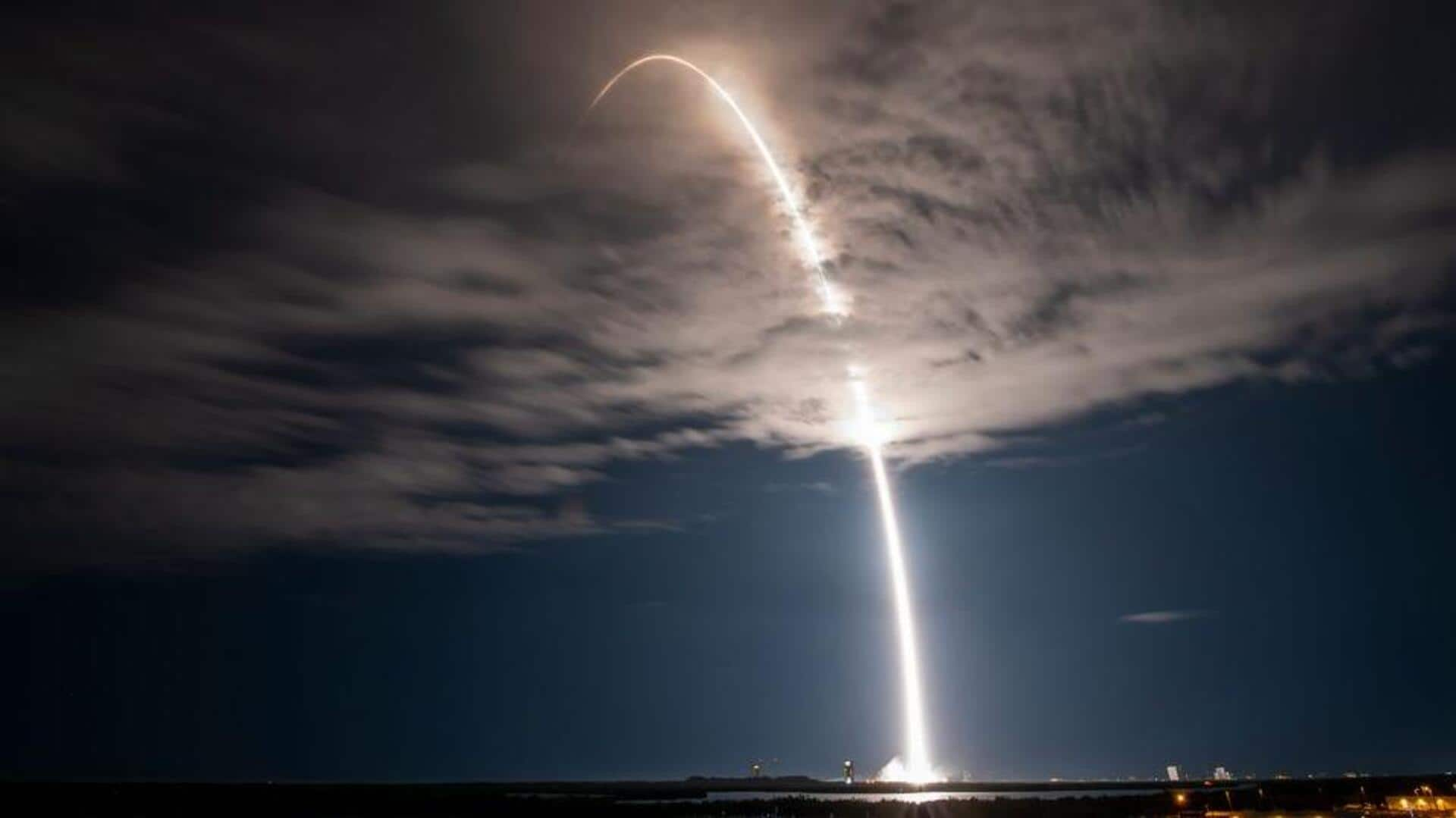
SpaceX's Falcon 9 rocket sets reuse record with 17th launch
What's the story
SpaceX's Falcon 9 rocket has set a new record, launching for the 17th time. The rocket lifted off from Cape Canaveral Space Force Station in Florida, carrying 22 Starlink internet satellites into low Earth orbit (LEO). The first stage of the Falcon 9 rocket returned to Earth and landed on a SpaceX drone ship at sea, marking the unprecedented 17th liftoff and landing for this particular rocket's first stage.
Twitter Post
Take a look at Elon Musk's post
17th landing https://t.co/fw6enlgg03
— Elon Musk (@elonmusk) September 20, 2023
Details
Starlink mega constellation continues to grow
The majority of SpaceX's launches this year have been dedicated to expanding the Starlink mega constellation, which currently comprises over 4,700 operational satellites. The Elon Musk-led company has permission to launch up to 12,000 Starlink satellites and has applied for approval to deploy an additional 30,000. The recent launch also expanded another SpaceX record. It was the company's 65th orbital mission of 2023, surpassing the previous record of 61 missions set in 2022.
Record
Falcon 9 surpasses previous reuse records
The Falcon 9 rocket's first stage has now surpassed previous records held by two other Falcon 9 boosters, which had each completed 16 liftoffs and landings. Also, this particular Falcon rocket has now flown 12 Starlink missions, per SpaceX. Reusability is a key aspect of SpaceX's strategy to reduce the cost of space travel and increase access to space. By reusing rocket components multiple times, the company aims to make space exploration more affordable and sustainable in the long run.
Insights
Starlink satellite deployment proceeds as planned
Following the successful launch and landing of the Falcon 9 rocket, the 22 Starlink satellites were deployed from its upper stage as planned, approximately 62.5 minutes after liftoff. These satellites will join the existing Starlink mega constellation in providing global internet coverage from low Earth orbit. SpaceX's ambitious Starlink project aims to offer high-speed, low-latency internet access to users around the world, particularly in remote areas. A Starlink satellite has a lifespan of roughly five years.